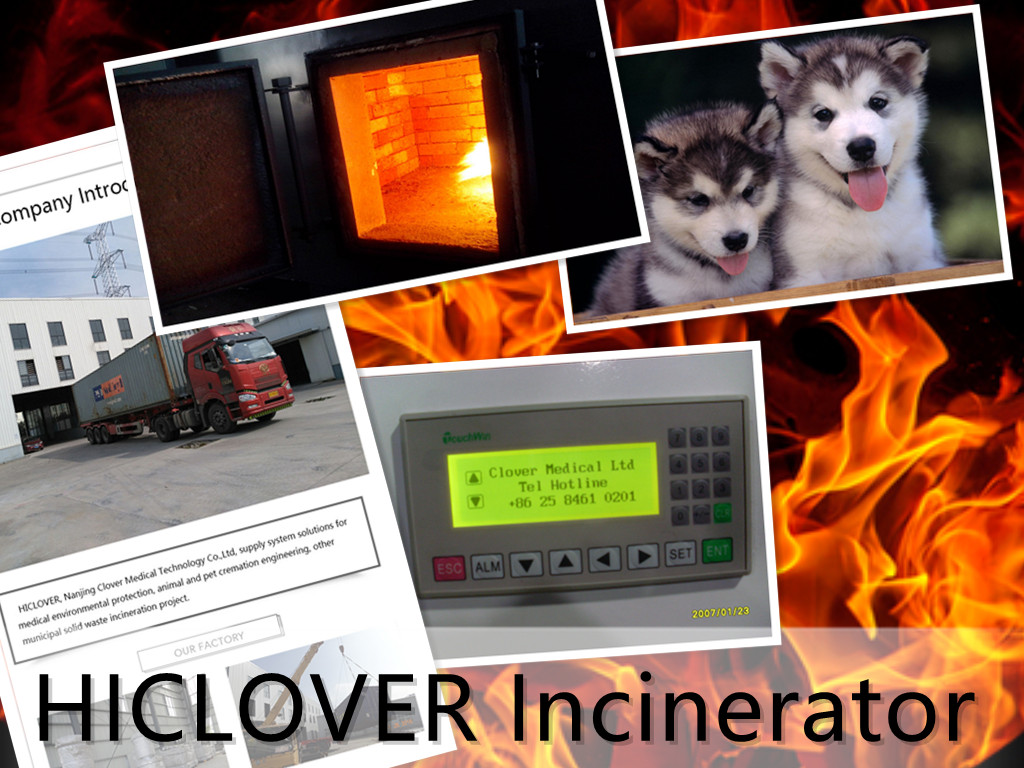The construction of the Daito Incinerator in Osaka, Japan has sparked heated debate and controversy among the local community and environmentalists. The incinerator, which is scheduled to start operation in the near future, has attracted both criticism and support from various stakeholders. Here, we aim to debunk some of the myths and misconceptions surrounding the controversy and provide a balanced view of this contentious issue.
One of the most common misconceptions about the Daito Incinerator is its impact on air quality and the environment. Many opponents of the incinerator argue that it will release harmful pollutants and greenhouse gases into the atmosphere, further exacerbating air pollution and contributing to climate change. However, it is important to note that modern incinerators are equipped with advanced emissions control technology, such as scrubbers and filters, to minimize the release of harmful pollutants. In fact, studies have shown that well-operated waste-to-energy facilities, like the Daito Incinerator, can help reduce overall greenhouse gas emissions by diverting waste from landfills, where it decomposes and releases methane, a potent greenhouse gas.
Another prevalent myth is that the incinerator will pose health risks to the surrounding community. Concerns about toxic emissions and the potential health impacts of living in close proximity to the facility have raised alarm among residents. However, it is crucial to consider that incinerators are subject to strict regulations and safety standards to protect public health. The Daito Incinerator, like other modern waste-to-energy facilities, is required to continuously monitor emissions and comply with stringent limits on air pollutants. This is further complemented by regular inspections and stringent regulation by local environmental authorities to ensure that the incinerator operates within acceptable limits.
It is also important to address the misconception that the Daito Incinerator will hinder recycling efforts and perpetuate a culture of waste generation. Critics argue that the construction of the incinerator incentivizes the continued generation of waste, rather than promoting sustainable waste management practices. However, waste-to-energy facilities play a crucial role in managing non-recyclable waste, providing a viable solution for the treatment of residual waste that cannot be recycled or composted. By diverting this waste from landfills and recovering energy from it, incinerators help reduce the volume of waste sent to landfills and contribute to the overall reduction of environmental impact.
While the controversy surrounding the Daito Incinerator is complex and multifaceted, it is important to approach the issue with a balanced and informed perspective. By debunking the myths and misconceptions surrounding waste-to-energy facilities, such as the Daito Incinerator, we can foster a more constructive and well-informed dialogue about the role of incineration in sustainable waste management. As global communities continue to grapple with the challenges of waste management and environmental preservation, it is crucial to consider all viable solutions, including waste-to-energy, in the pursuit of a more sustainable future.



